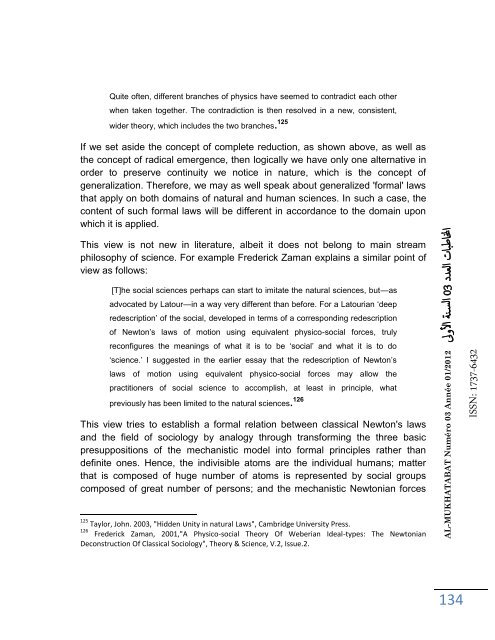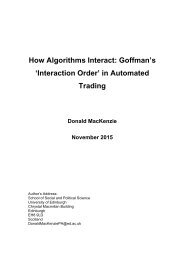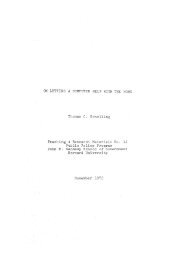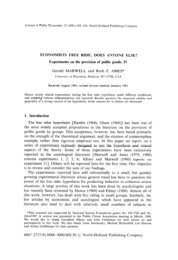n3-al-mukhatabat-journal
n3-al-mukhatabat-journal
n3-al-mukhatabat-journal
You also want an ePaper? Increase the reach of your titles
YUMPU automatically turns print PDFs into web optimized ePapers that Google loves.
Quite often, different branches of physics have seemed to contradict each other<br />
when taken together. The contradiction is then resolved in a new, consistent,<br />
wider theory, which includes the two branches. 125<br />
If we set aside the concept of complete reduction, as shown above, as well as<br />
the concept of radic<strong>al</strong> emergence, then logic<strong>al</strong>ly we have only one <strong>al</strong>ternative in<br />
order to preserve continuity we notice in nature, which is the concept of<br />
gener<strong>al</strong>ization. Therefore, we may as well speak about gener<strong>al</strong>ized 'form<strong>al</strong>' laws<br />
that apply on both domains of natur<strong>al</strong> and human sciences. In such a case, the<br />
content of such form<strong>al</strong> laws will be different in accordance to the domain upon<br />
which it is applied.<br />
This view is not new in literature, <strong>al</strong>beit it does not belong to main stream<br />
philosophy of science. For example Frederick Zaman explains a similar point of<br />
view as follows:<br />
[T]he soci<strong>al</strong> sciences perhaps can start to imitate the natur<strong>al</strong> sciences, but—as<br />
advocated by Latour—in a way very different than before. For a Latourian ‘deep<br />
redescription’ of the soci<strong>al</strong>, developed in terms of a corresponding redescription<br />
of Newton’s laws of motion using equiv<strong>al</strong>ent physico-soci<strong>al</strong> forces, truly<br />
reconfigures the meanings of what it is to be ‘soci<strong>al</strong>’ and what it is to do<br />
‘science.’ I suggested in the earlier essay that the redescription of Newton’s<br />
laws of motion using equiv<strong>al</strong>ent physico-soci<strong>al</strong> forces may <strong>al</strong>low the<br />
practitioners of soci<strong>al</strong> science to accomplish, at least in principle, what<br />
previously has been limited to the natur<strong>al</strong> sciences. 126<br />
This view tries to establish a form<strong>al</strong> relation between classic<strong>al</strong> Newton's laws<br />
and the field of sociology by an<strong>al</strong>ogy through transforming the three basic<br />
presuppositions of the mechanistic model into form<strong>al</strong> principles rather than<br />
definite ones. Hence, the indivisible atoms are the individu<strong>al</strong> humans; matter<br />
that is composed of huge number of atoms is represented by soci<strong>al</strong> groups<br />
composed of great number of persons; and the mechanistic Newtonian forces<br />
125 Taylor, John. 2003, "Hidden Unity in natur<strong>al</strong> Laws", Cambridge University Press.<br />
126 Frederick Zaman, 2001,"A Physico-soci<strong>al</strong> Theory Of Weberian Ide<strong>al</strong>-types: The Newtonian<br />
Deconstruction Of Classic<strong>al</strong> Sociology", Theory & Science, V.2, Issue.2.<br />
AL-MUKHATABAT Numéro 03 Année 01/2012 لىولأا ةن سلا 30 ددعلا تابطانا<br />
134<br />
ISSN: 1737-6432







